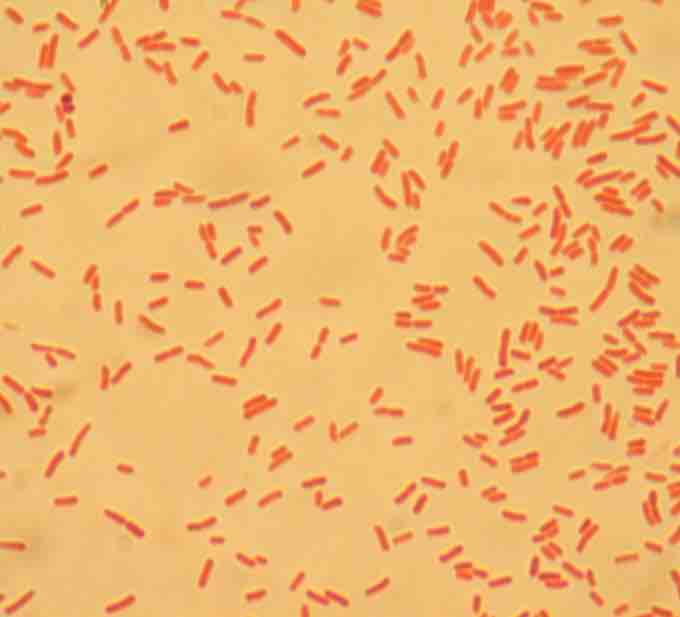Immediate Direct Examination of Specimen
For specimen collection at sites that normally contain resident microflora, care should be taken to sample only the infected site and not the surrounding areas. For example, throat and nasopharyngeal swabs should not touch the tongue, cheek, or saliva. Saliva is an especially undesirable contaminant because it contains millions of bacteria, of which are normal flora. Sputum, the mucous secretion that coats the lower respiratory surfaces, especially the lungs, is discharged by coughing or taken by a catheterization to avoid contamination with saliva. Also the mucous lining of the vagina, cervix, or urethra can be sampled with a swabbed or applicator stick.
Additional sources of specimens are the vagina, eye, ear canal, nasal cavity (all by swab), and diseased tissue that has been surgically removed (biopsied). Urine is taken aseptically from the bladder with a catheter. Another method called the "clean catch" is taken by washing the external urethra and collecting the urine in midstream. Some diagnostic techniques require first-voided "dirty catch" urine. Sterile materials such as blood, cerebrospinal fluid, and tissue fluid must be taken by sterile needle aspiration.
Diagnostic laboratory techniques include direct testing using a microscope, immunological, or genetic methods that provide immediate clues as to the identity of the microbe or microbes in the sample, and cultivation, isolation, and identification of pathogens using a wide variety of general and specific tests (such as blood or other fluids).
Most tests fall into two categories: presumptive data, which place the isolated microbe in a preliminary category such as genus, and more specific, confirmatory data, which provide more definitive evidence of a species. Some diseases are diagnosed without the need to identify microbes from specimens. Serological tests on a patient's serum can detect signs of an antibody response. One method that clarifies whether a positive test indicates current or prior infection is to take two samples several days apart and see if the antibody titer is raising. Skin testing can pinpoint a delayed allergic reaction to a microorganism. These tests are important in screening the general population for exposure to an infectious agent such as rubella or tuberculosis.
The main phenotypic methods include the direct examination of specimens, observing the growth of specimen cultures on special media, and biochemical testing of specimen cultures.
MICROSCOPIC MORPHOLOGY
Traits that can be valuable aids to identification of cell shape and size, Gram-stain reaction, acid-fast reaction and special structures, including endospores, granules, and capsules . Electron microscopes can pinpoint additional features such as cell wall flagella, pili, and fimbriae.

Microscopic examination of E. coli
Gram negative E. coli examined under the microscope from a patient with urinary tract infection.
MACROSCOPIC MORPHOLOGY
Traits that can be assessed with the naked eye are also useful in diagnosis. These include the appearance of colonies, including texture, shape, size, pigment, speed of growth, and patterns of growth in broth and gelatin.
PHYSIOLOGICAL AND BIOCHEMICAL CHARACTERISTICS
Enzymes and other biochemical properties of bacteria are reliable and stable expressions of the chemical identity of each species. Diagnostic tests exist for determining the presence of specific enzymes and assessing nutritional and metabolic activities.
Test examples include: fermentation of sugars, capacity to digest or metabolize complex polymers such as proteins and ploysaccharides; production of gas; presence of enzymes such as catalase, oxidase, and decarboxylase; and sensitivity to antimicrobial drugs.
CHEMICAL ANALYSIS
This involves analyzing the types of specific structural substances that the microorganism contains, such as the chemical composition of peptides in the cell wall and lipids in the membrane.